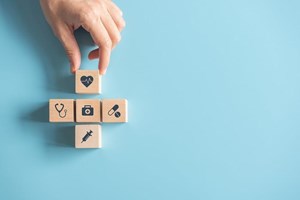Stem cells from teeth could help treat depression
Published: 21/12/2021
Dental pulp taken from the centre of extracted teeth is being tested as a way to treat depression in a new trial, following a theory that stem cells in the pulp may help to encourage the formation of new nerve cells in the brain.
According to NHS figures, around one in 10 people will suffer from depression at some point in their life, however the cause is not entirely understood. Levels of mood chemicals, such as serotonin, in the brain are thought to play a role, however this is yet to be proven. Other factors also include genetic susceptibility and stressful life events.
Daily Mail reported on the trial, explaining, “Ongoing research at Johns Hopkins University in the U.S. has shown that antidepressants can trigger the growth of stem cells in the brain. They found exercise has a similar effect. In the new trial, 48 people diagnosed with depression will be given stem cells taken from the pulp of other people’s extracted teeth, plus the antidepressant fluoxetine.
“The cells will be processed and cleaned before being injected into patients’ arms in four sessions, each two weeks apart. A comparison group will have only fluoxetine daily.”
Commenting on the approach, Carmine Pariante, a professor of biological psychiatry at King’s College London, said, “In the short-term, stress increases the production of chemicals in the body that are helpful in the fight-or-flight response.
“For example, stress increases inflammation, which protects us from infection.
“However, psychosocial stressors that trigger depression — such as unemployment, marital difficulties or bereavement — are typically long-lasting, and in the long-term the increased inflammation reduces the birth of new brain cells and the connection between brain cells, leading to depression.
“Stem cells are also anti-inflammatory, so in addition to creating new brain cells, they can reduce the inflammatory effects of stress on the brain.
“We know that stem cells reach areas where there is inflammation. This is how they will find their way from the blood to the brain.”
Author: N/A













